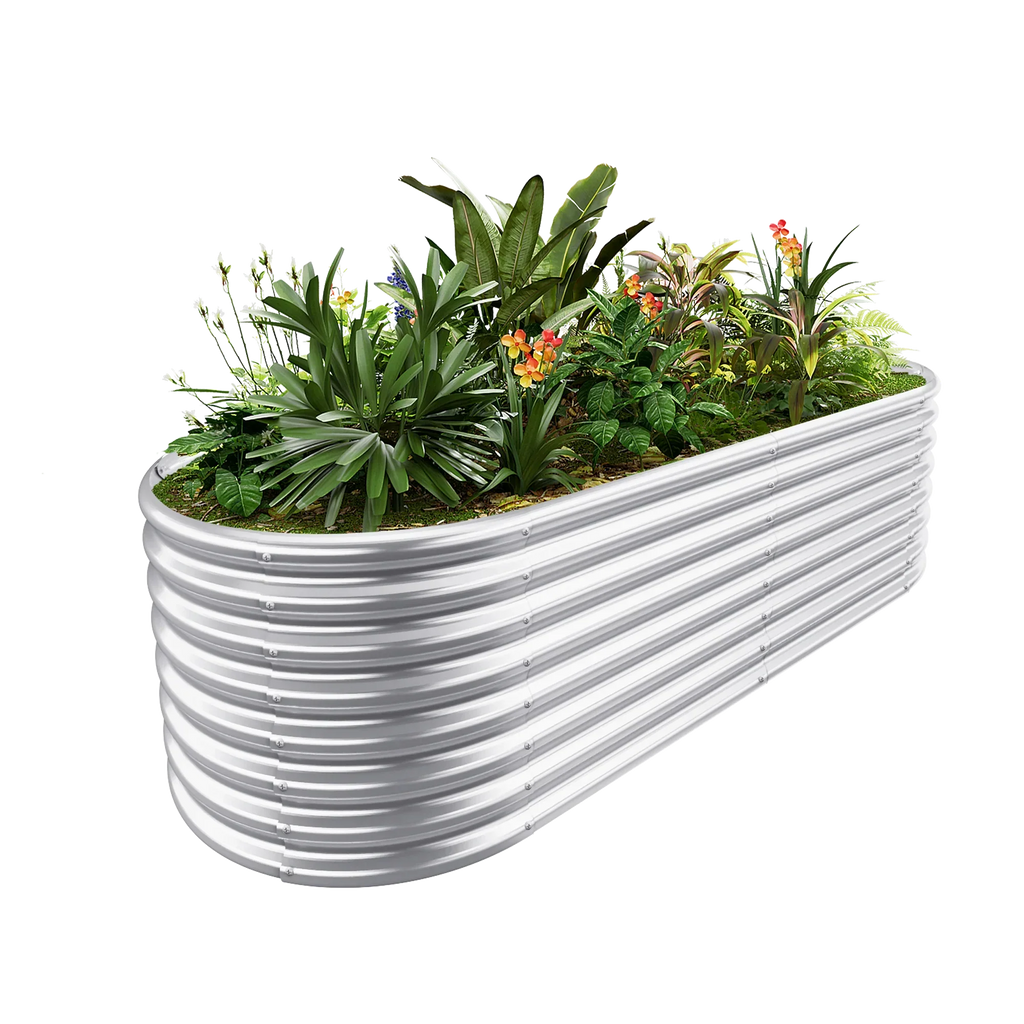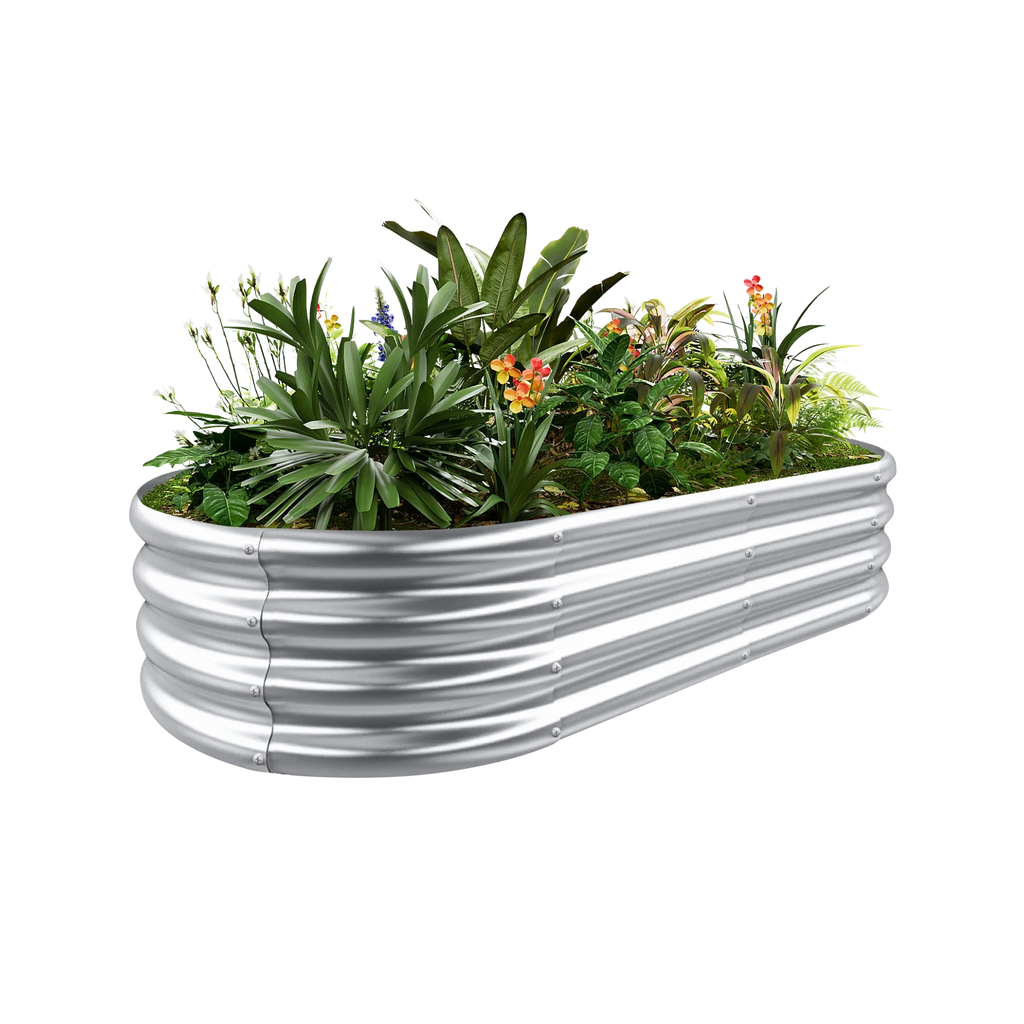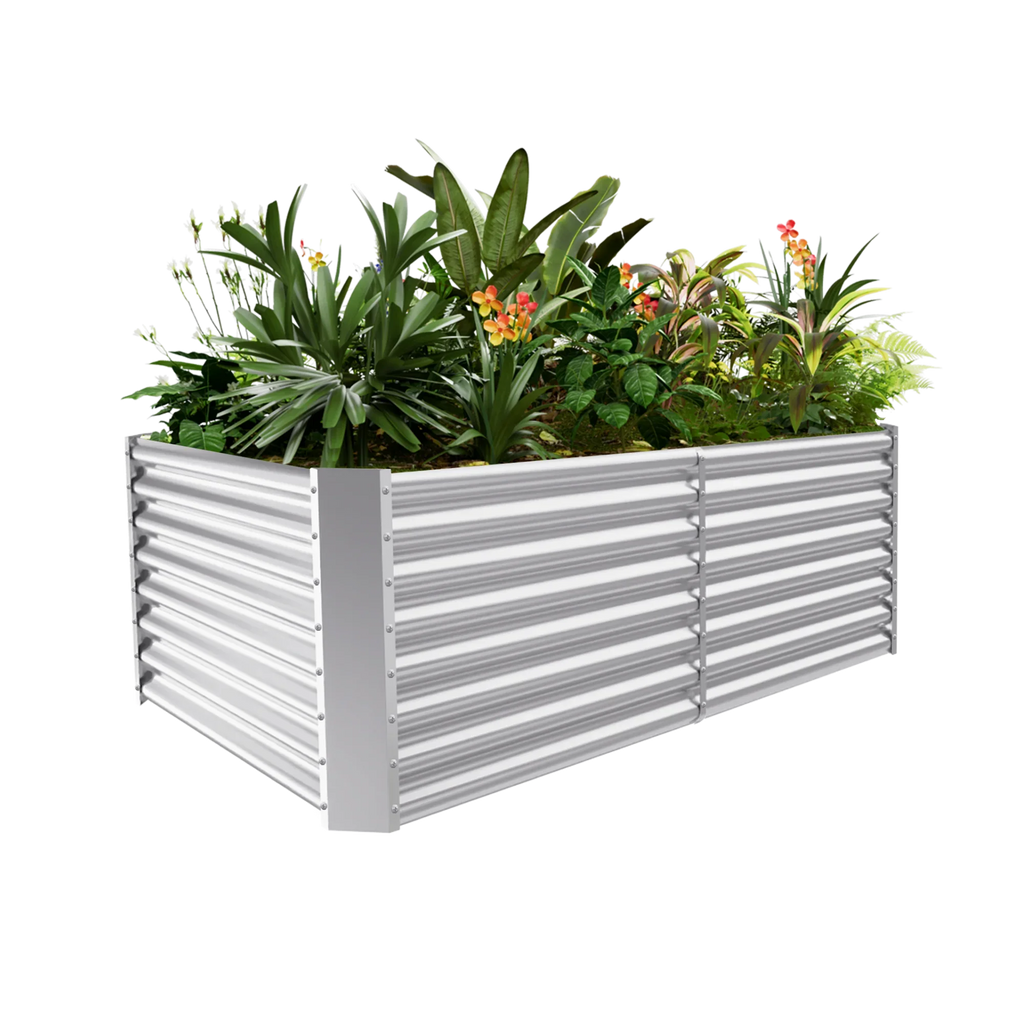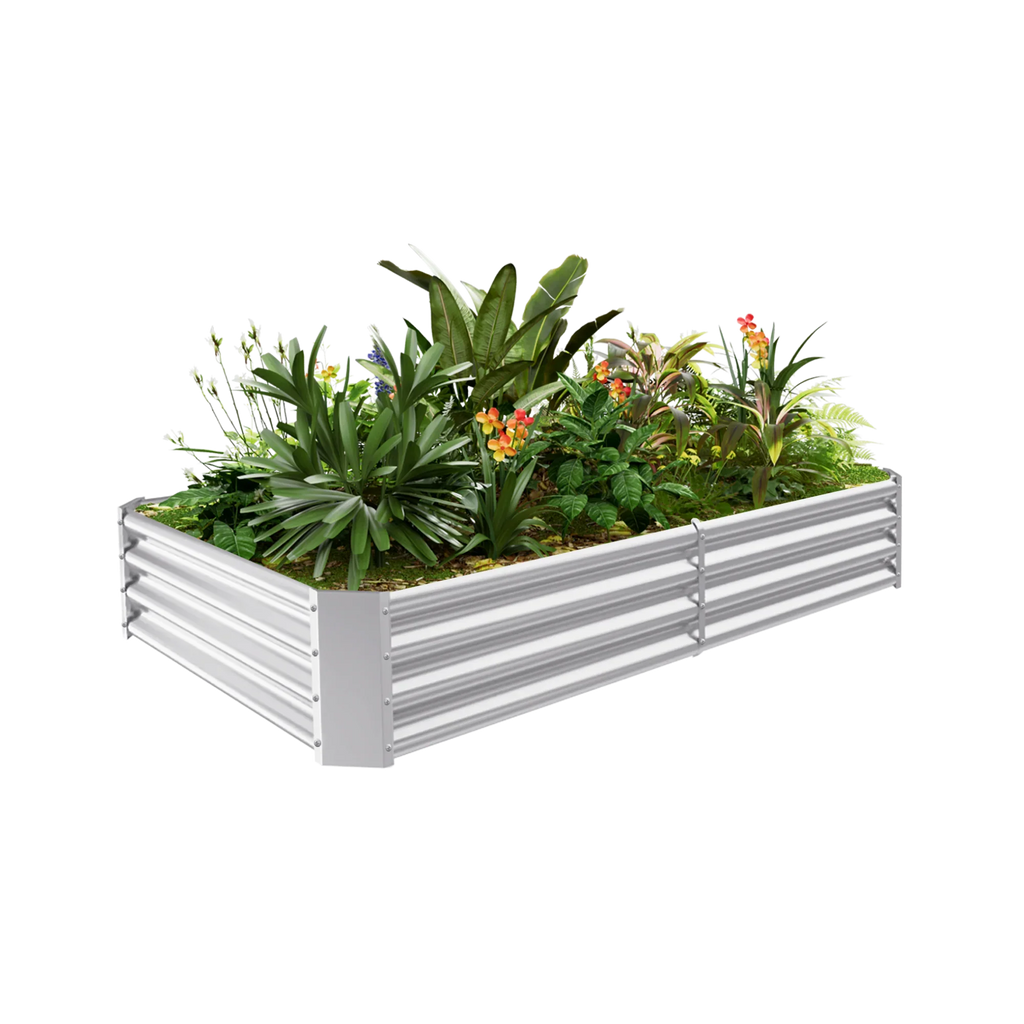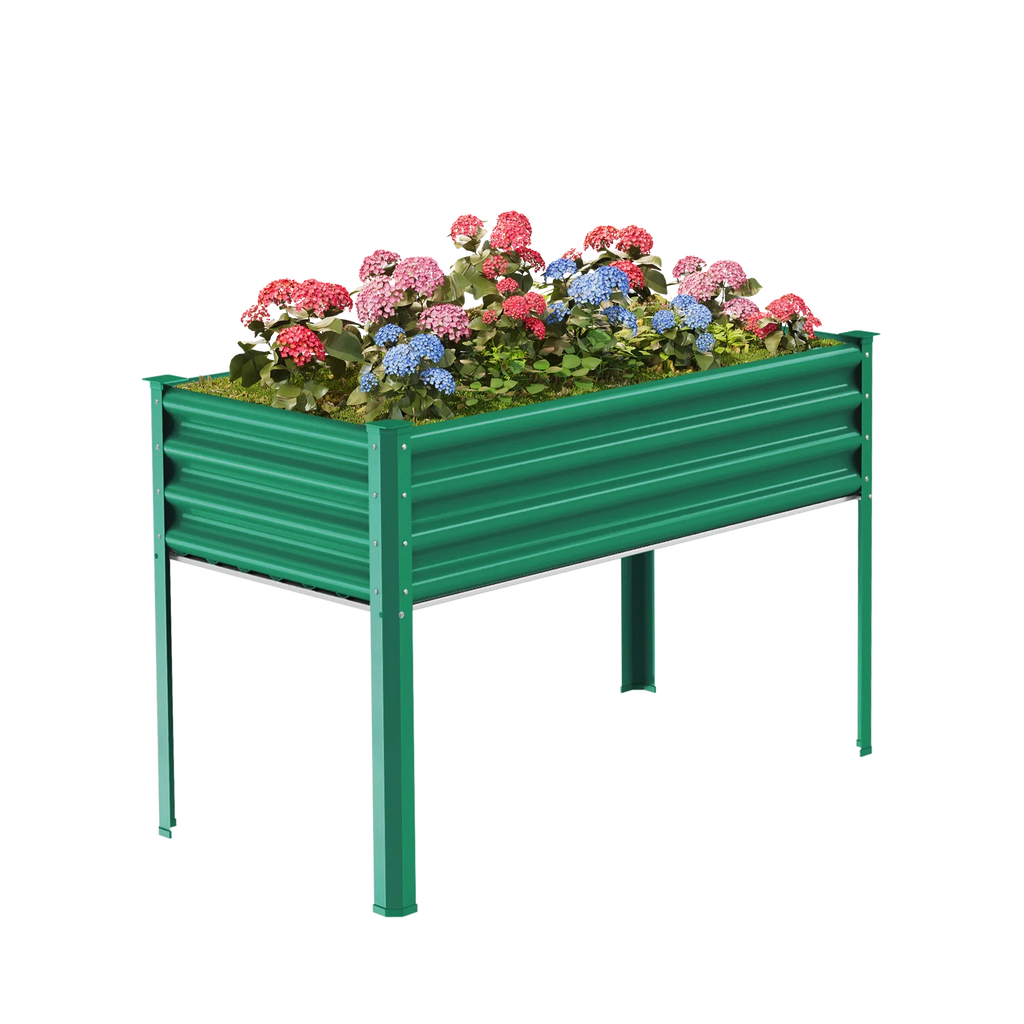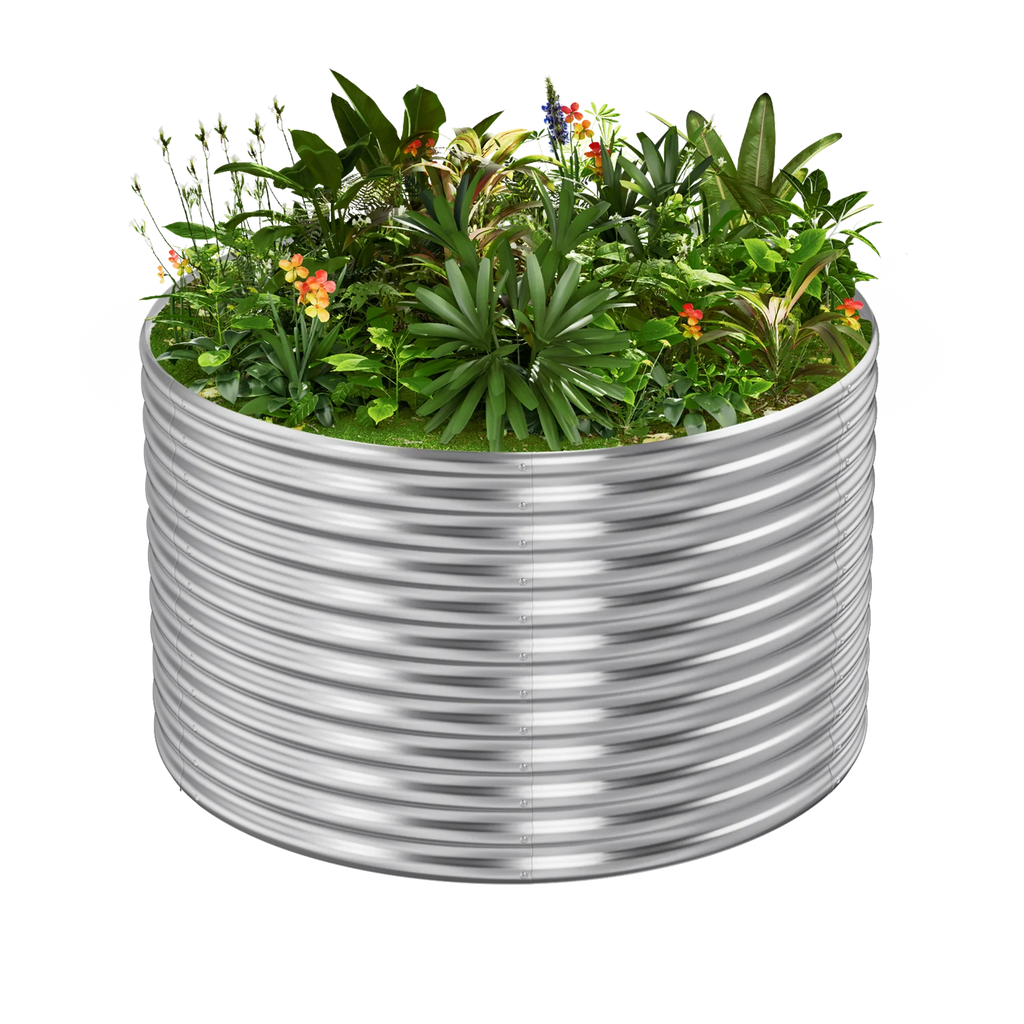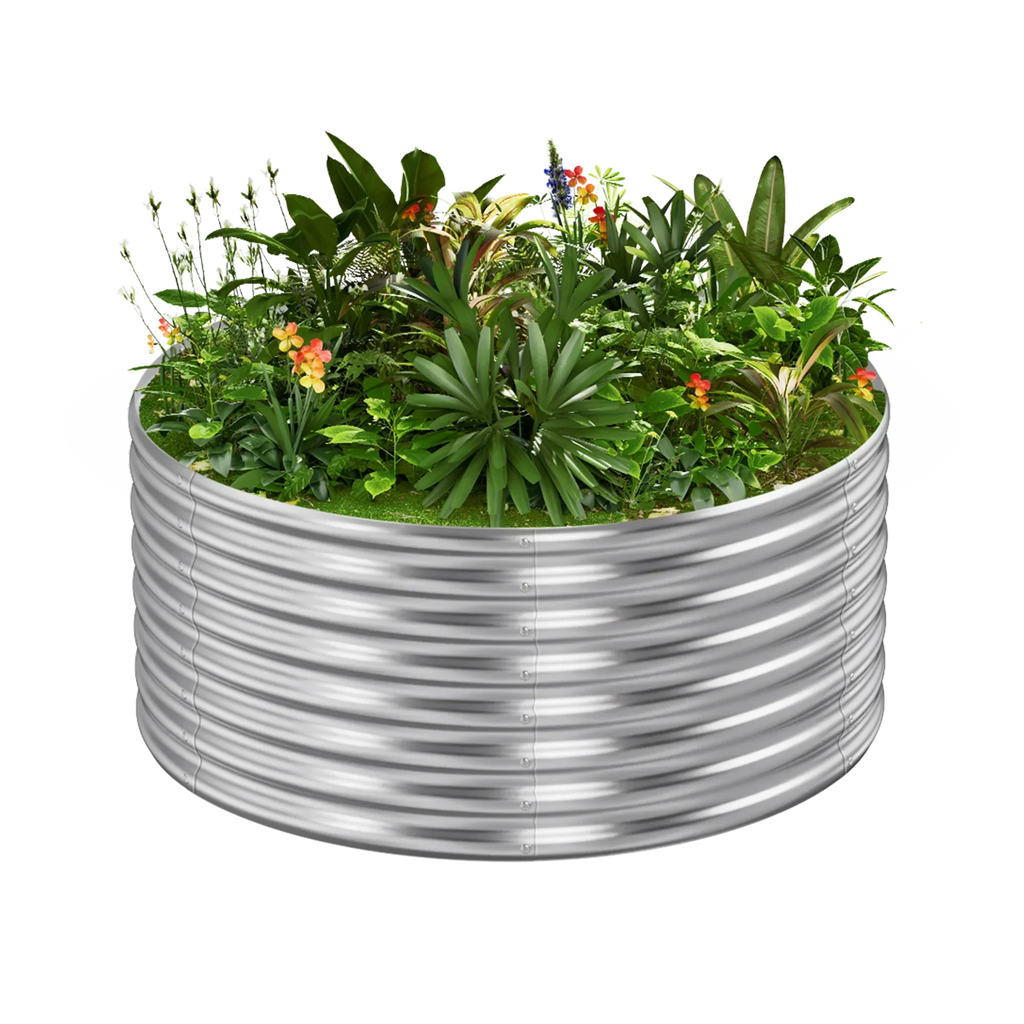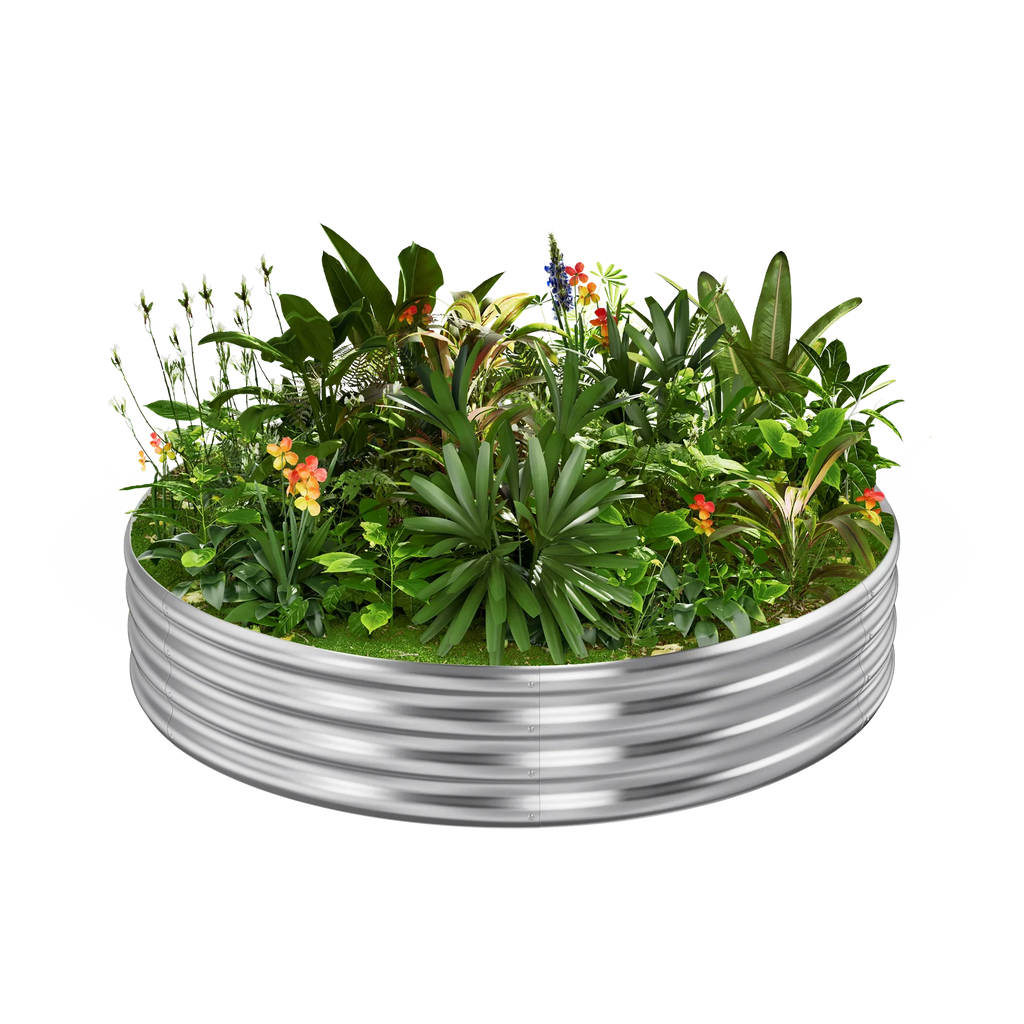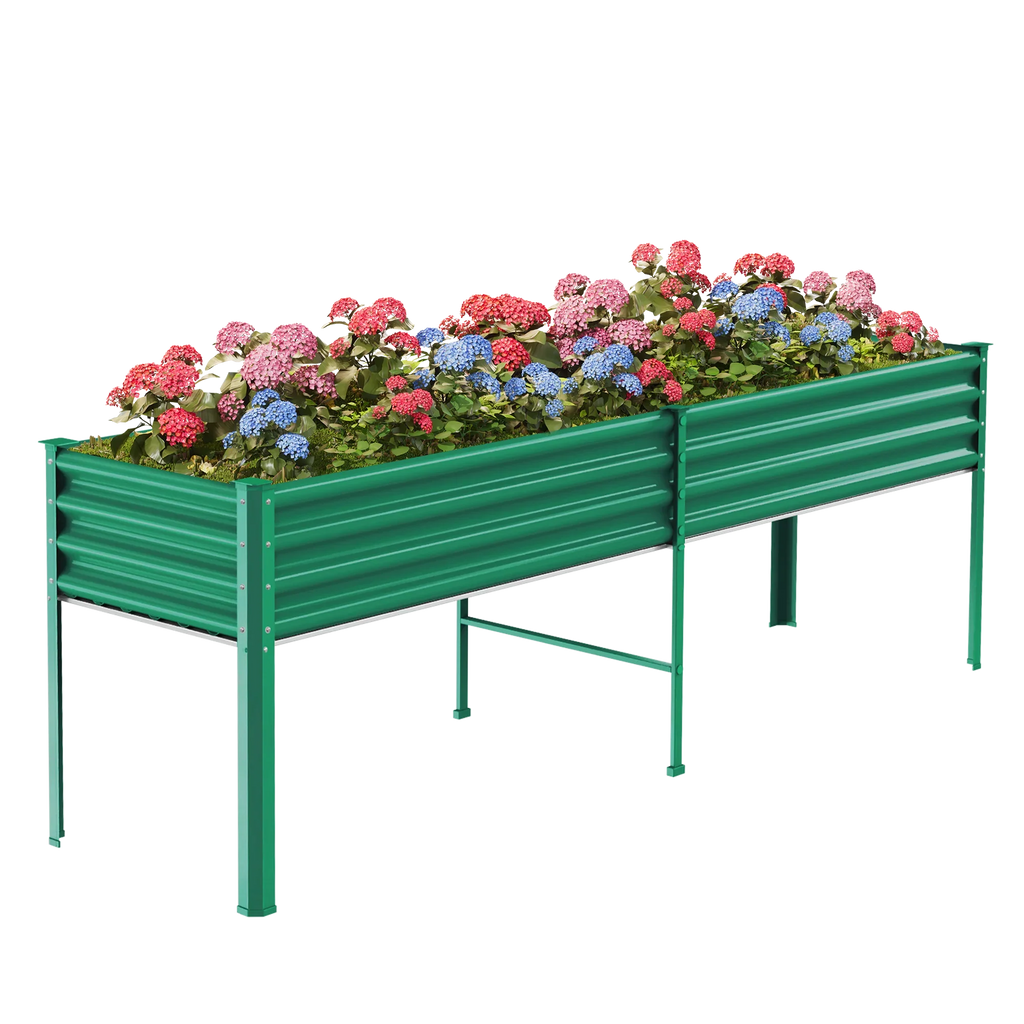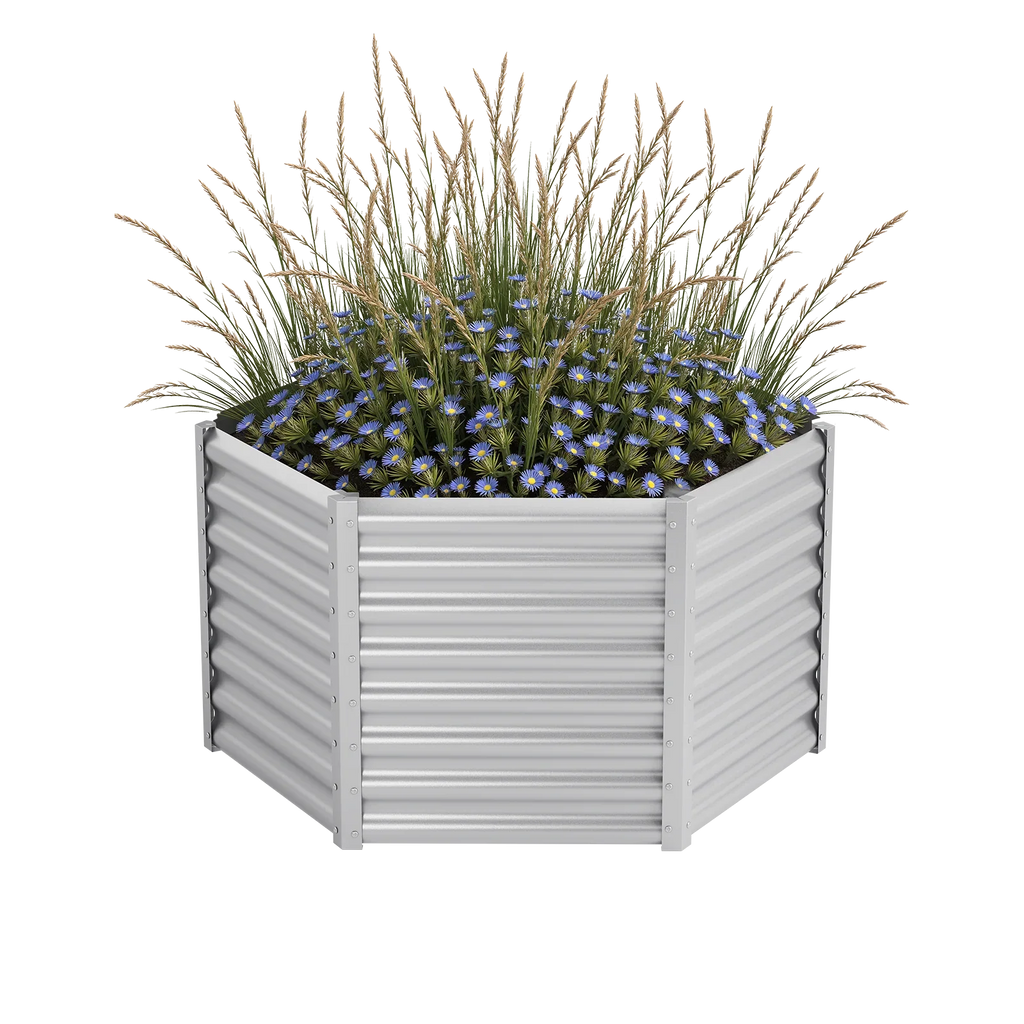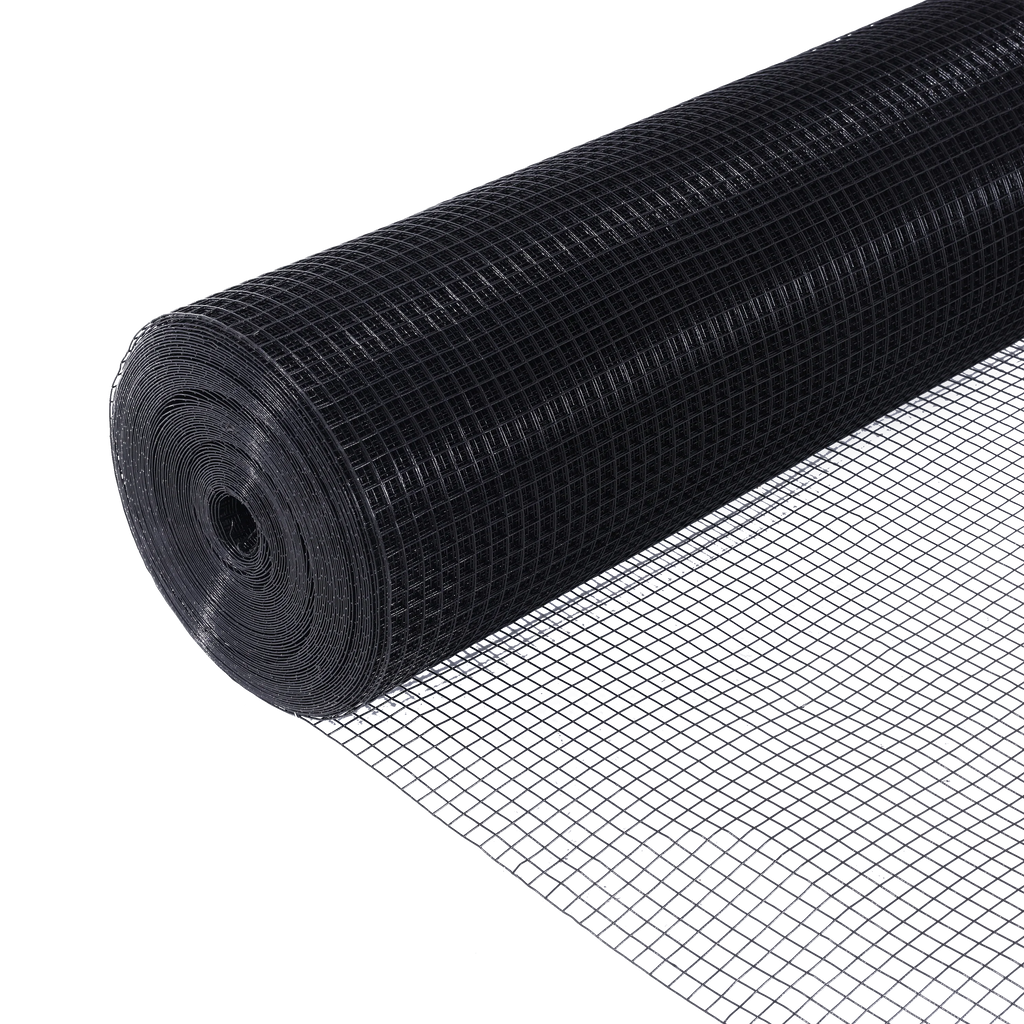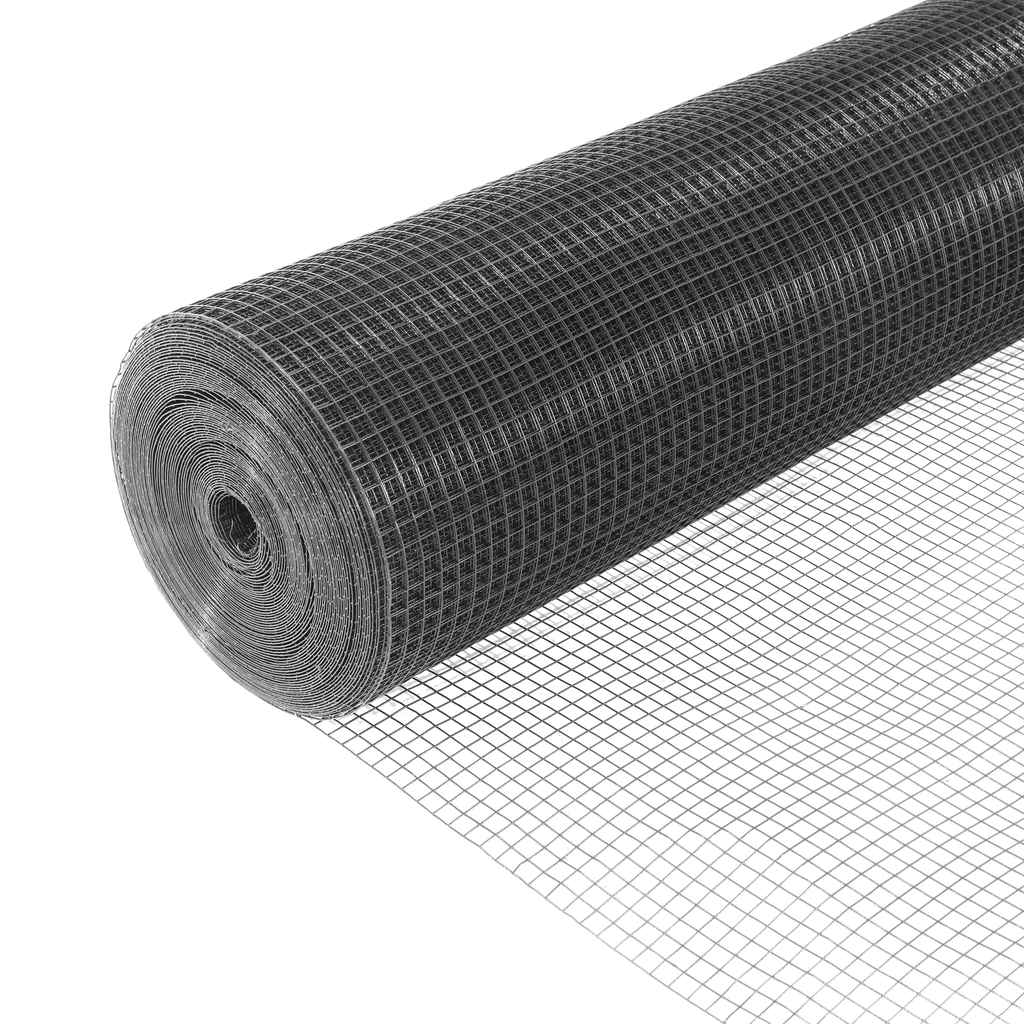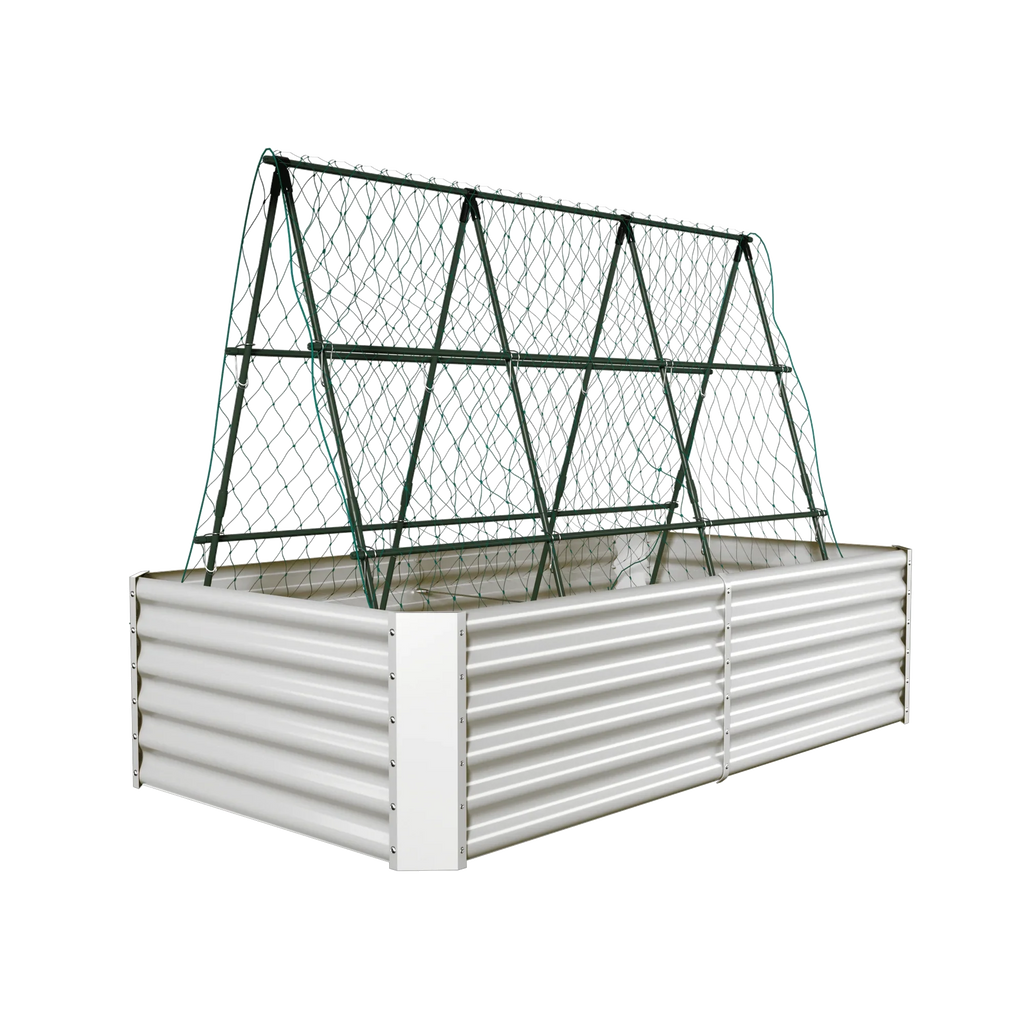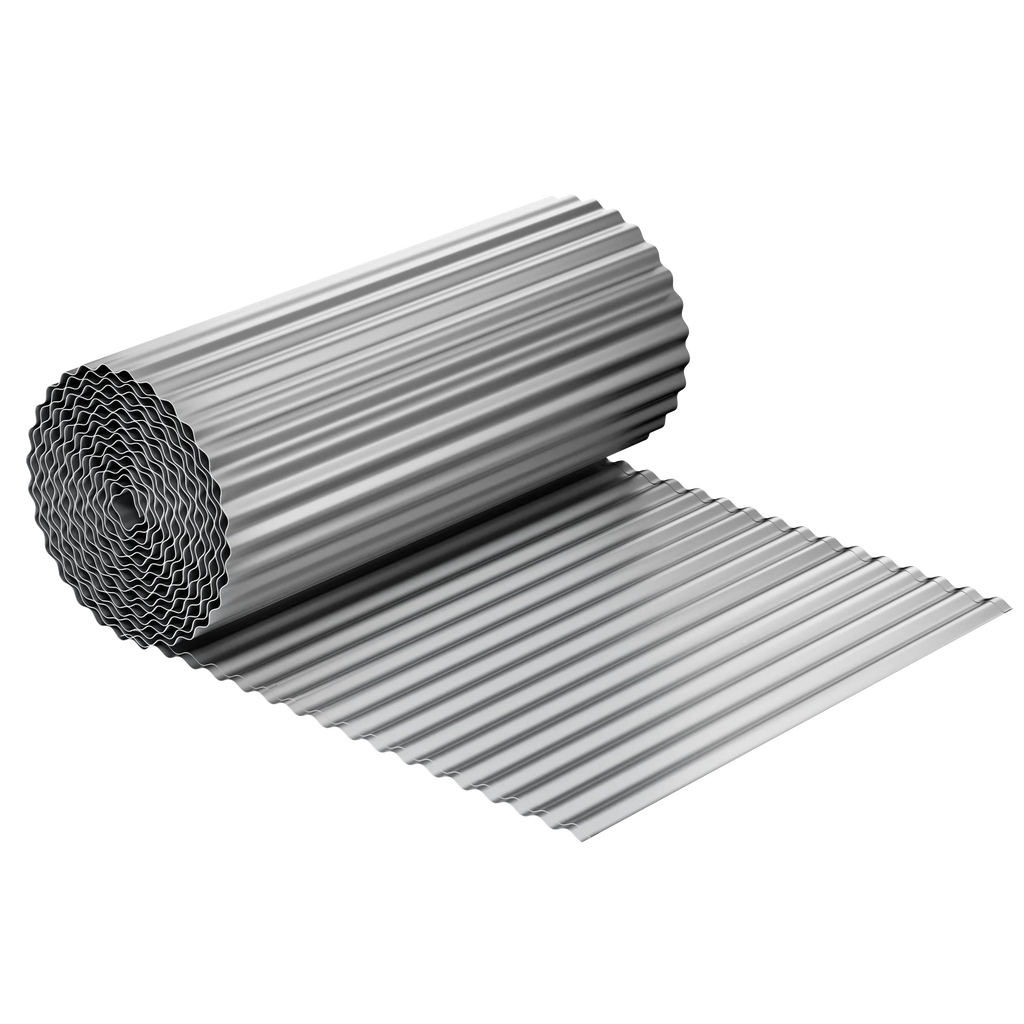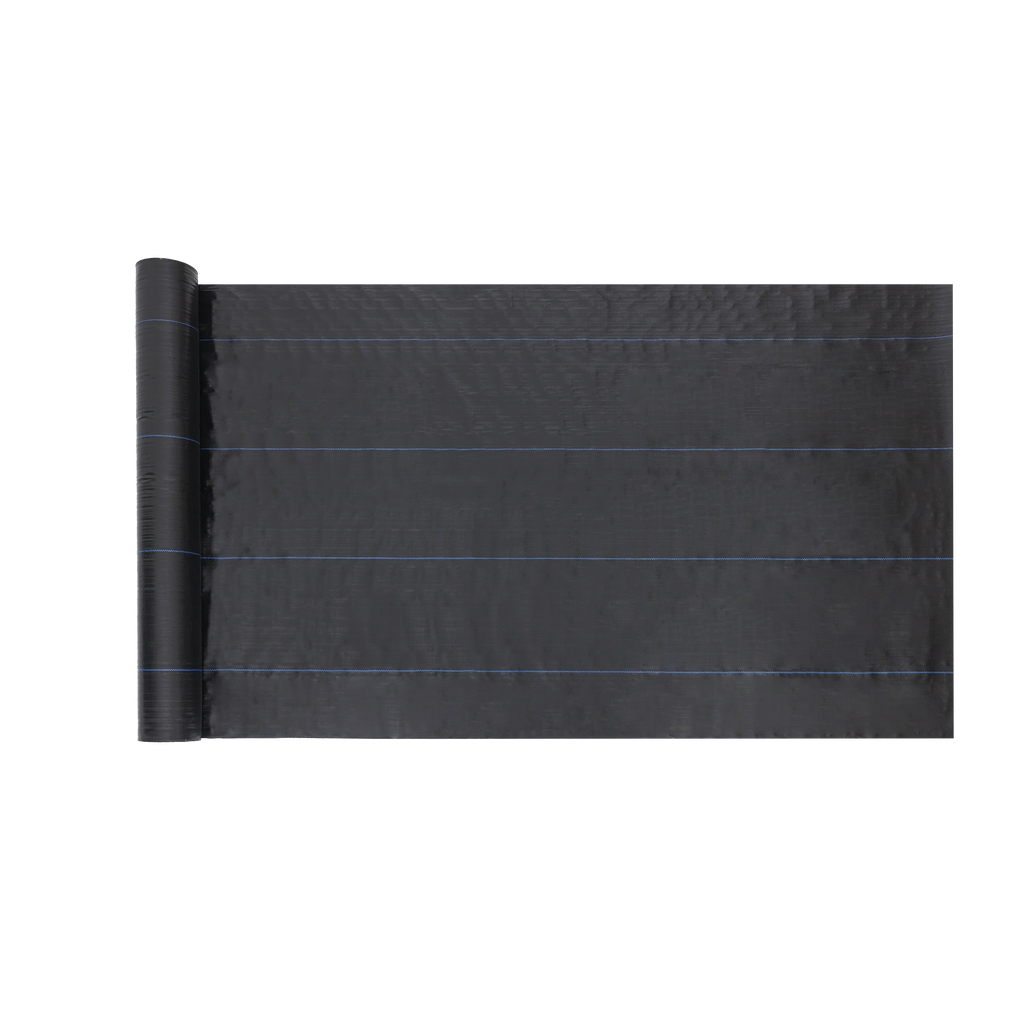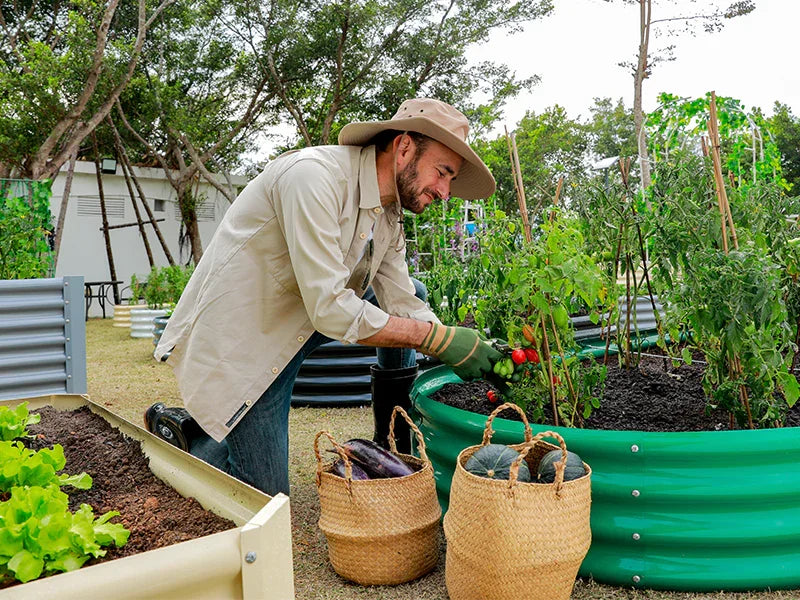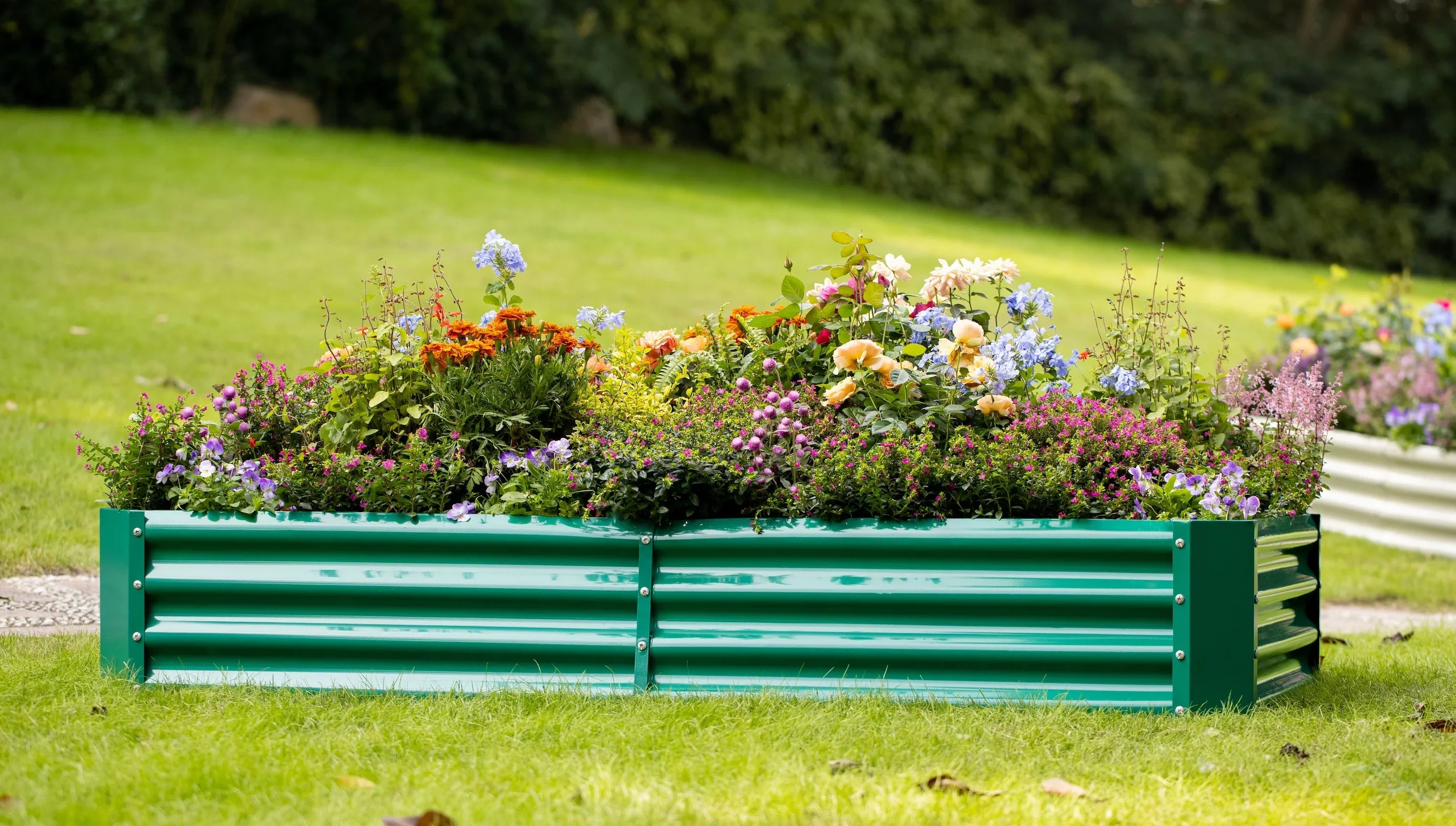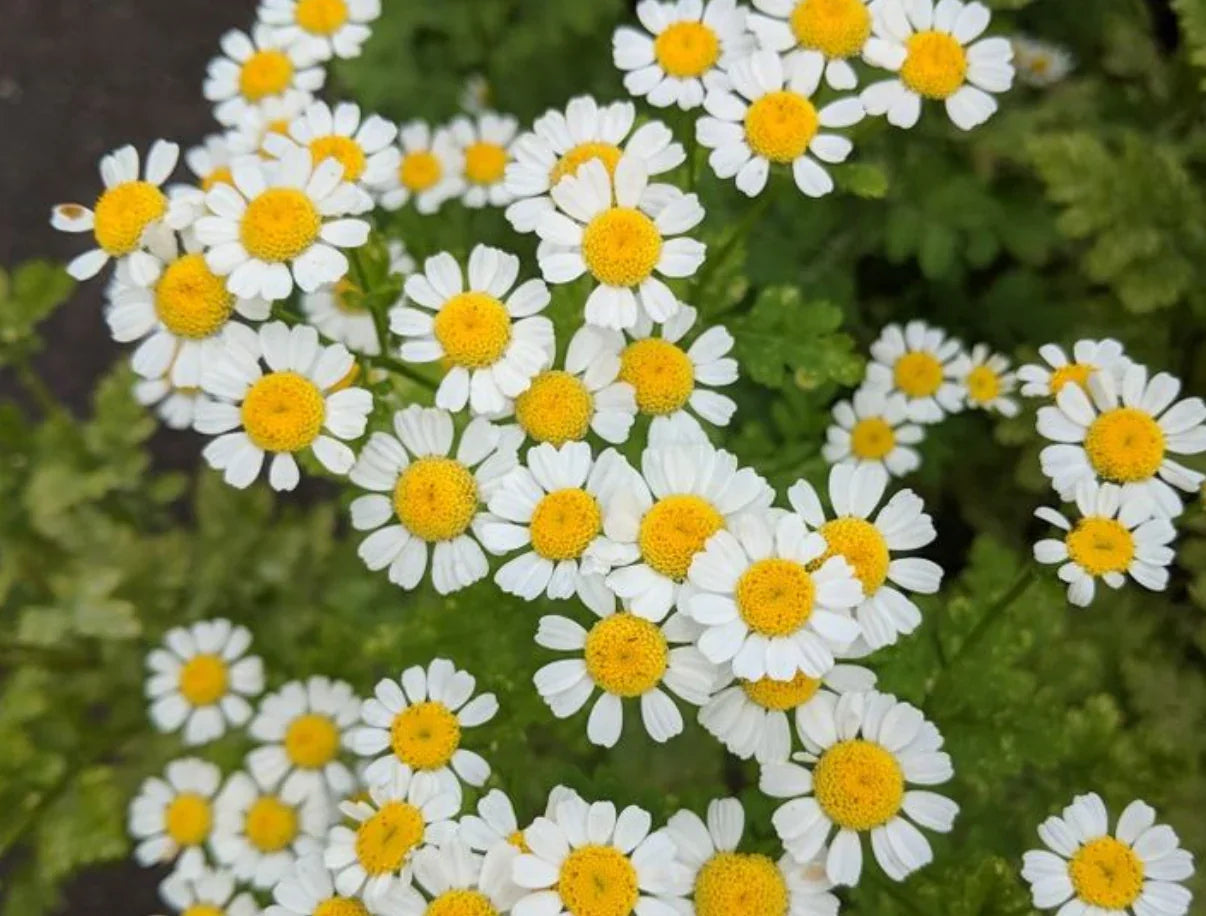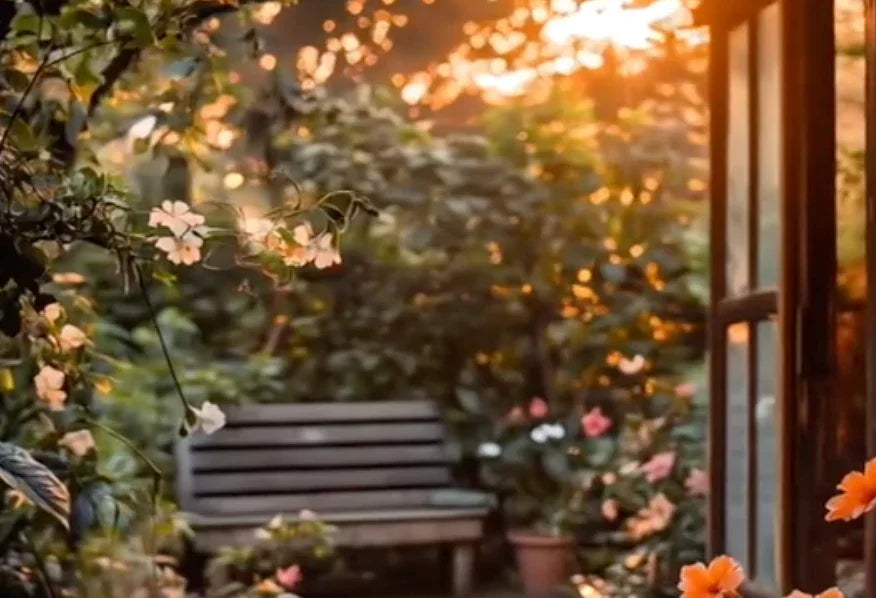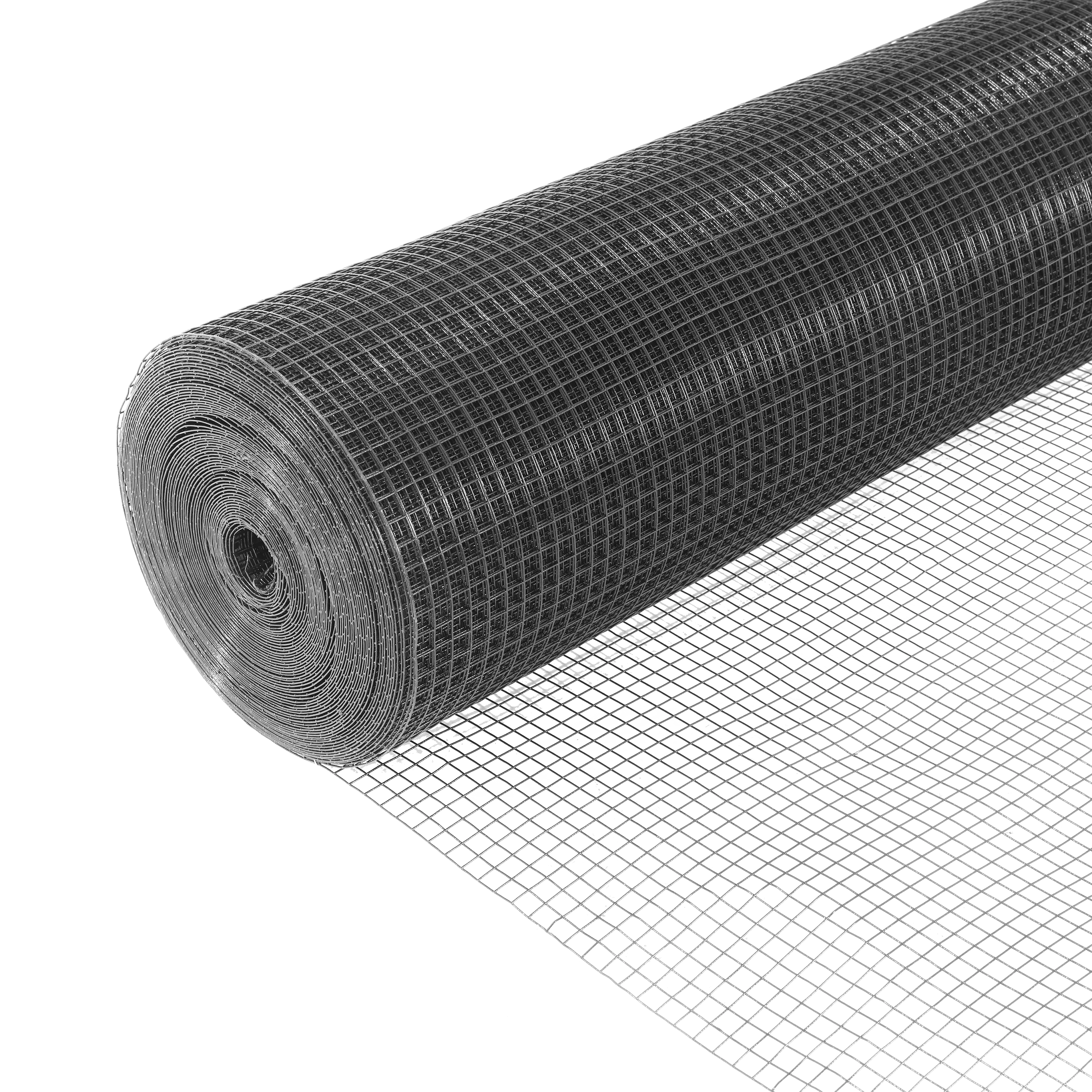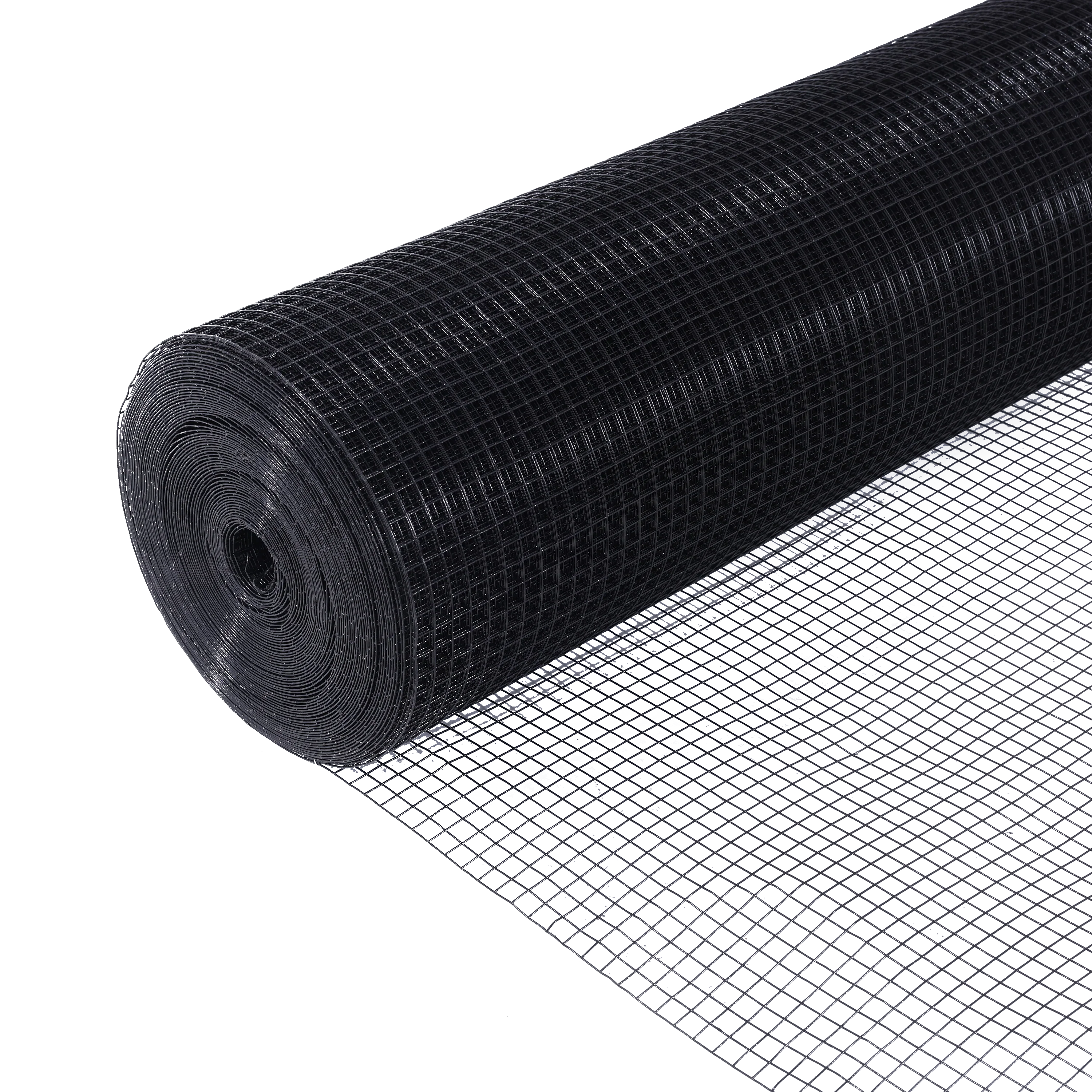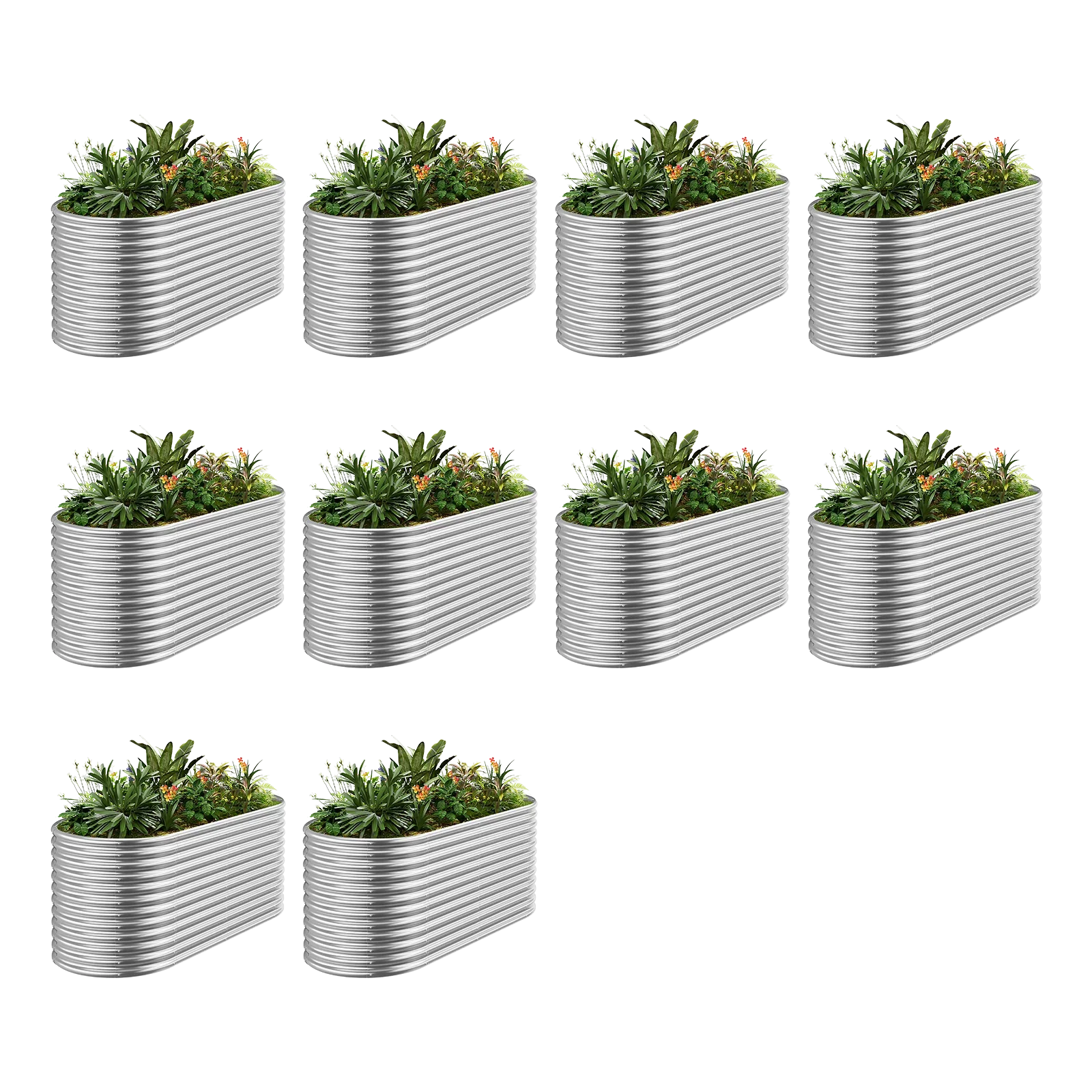A low-maintenance garden doesn’t mean sacrificing beauty—it’s about smart design, plant selection, and efficient systems that reduce work while keeping your space lush and inviting. Whether you’re a busy homeowner or simply want more time to enjoy your garden rather than maintain it, this 7-step guide will help you create a stunning, sustainable landscape with minimal effort.
Why Choose a Low-Maintenance Garden?
✔ Saves time – Less watering, weeding, and pruning
✔ Saves money – Drought-resistant plants = lower water bills
✔ Eco-friendly – Supports native wildlife & reduces chemical use
✔ Year-round appeal – Evergreen & self-sustaining plants
Step 1: Plan for Simplicity (Design Smart)
Key Strategies:
-
Reduce lawn areas (replace with gravel, mulch, or ground cover)
-
Group plants by water needs (hydrozoning)
-
Use curves & flowing shapes (fewer edges = less trimming)
-
Limit high-maintenance features (avoid delicate annuals, complex water features)
Pro Tip: Sketch your garden layout, marking sunny/shady zones to pick the right plants.
Step 2: Choose the Right Plants (Low-Effort, High Impact)
Best Low-Maintenance Plants:
| Type | Examples | Why They Work |
|---|---|---|
| Perennials | Lavender, Sedum, Hostas | Come back yearly, drought-resistant |
| Evergreens | Boxwood, Juniper, Olive trees | No leaf cleanup, year-round structure |
| Ground Cover | Creeping Thyme, Clover, Pachysandra | Suppresses weeds, no mowing |
| Native Plants | Coneflowers, Sage, Milkweed | Adapted to local climate, need less care |
Avoid: High-maintenance plants like roses (unless disease-resistant varieties) or thirsty turfgrass.
Step 3: Install Efficient Irrigation
Best Low-Maintenance Watering Systems:
-
Drip irrigation (targets roots, reduces evaporation)
-
Rain barrels (sustainable & free water source)
-
Self-watering planters (great for patios & small gardens)
Water-Saving Tip: Apply 2-3 inches of mulch to retain moisture and reduce watering needs.
Step 4: Use Hardscaping & Mulch to Cut Weeding
Low-Upkeep Hardscape Ideas:
-
Gravel paths (no mowing, allows drainage)
-
Decking or pavers (durable & weed-free)
-
Raised beds with landscape fabric (prevents weeds)
Best Mulches for Weed Control:
-
Wood chips (breaks down slowly)
-
Rubber mulch (long-lasting, good for play areas)
-
Stone/pebbles (permanent solution)
Step 5: Automate & Simplify Maintenance
Time-Saving Garden Hacks:
-
Install slow-release fertilizer (feeds plants for months)
-
Use pre-emergent weed control (stops weeds before they grow)
-
Opt for self-cleaning plants (no deadheading needed)
Tool Tip: Invest in battery-powered trimmers & robotic mowers for hands-off care.
Step 6: Encourage Natural Pest Control
Chemical-Free Solutions:
-
Plant companion species (marigolds deter pests)
-
Attract beneficial insects (ladybugs eat aphids)
-
Use physical barriers (netting for birds, copper tape for slugs)
Wildlife Tip: Add a small birdbath to attract insect-eating birds.
Step 7: Keep It Organized (Smart Storage & Zones)
-
Store tools in one accessible spot (shed or deck box)
-
Designate "no-work zones" (wildflower patches, rock gardens)
-
Use large containers (fewer pots = less watering)
Final Check: Walk through your garden monthly for 5-minute touch-ups (prune stray branches, check irrigation).
Bonus: 5 Lowest-Maintenance Garden Styles
-
Mediterranean Garden (drought-tolerant herbs, gravel)
-
Rock Garden (succulents, alpine plants)
-
Native Prairie Garden (grasses, wildflowers)
-
Modern Minimalist Garden (clean lines, evergreens)
-
Cottage Garden (Self-Seeding) (plants like poppies & forget-me-nots)
Final Thoughts: Enjoy Your Garden, Not the Chores!
By following these 7 steps, you can create a beautiful, low-maintenance garden that thrives with minimal effort. Start small—replace a high-maintenance lawn with clover or install a drip system—and gradually transform your space.
Want More? Check out our [Best Drought-Resistant Plants] or [DIY Garden Automation Tips] for even easier upkeep!






